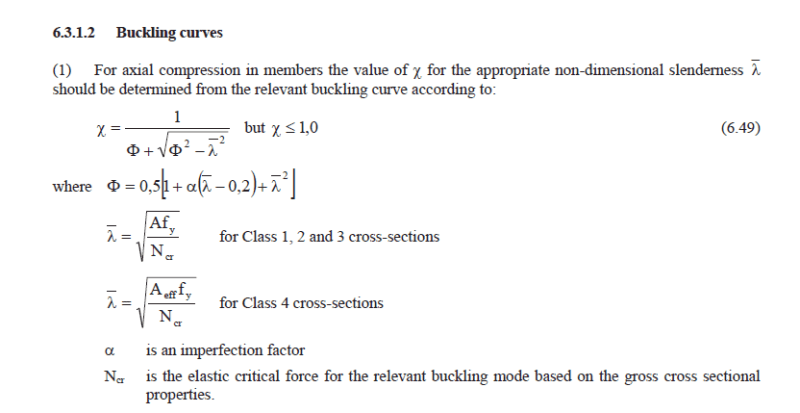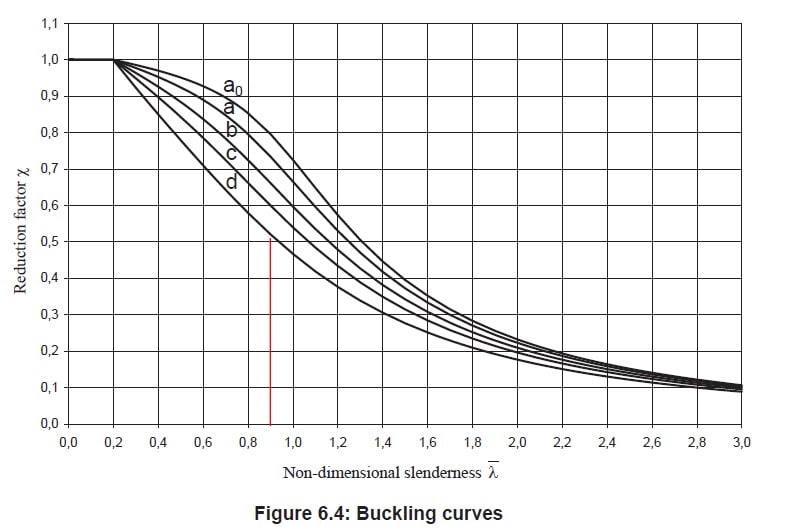@ThomasH agree, you cannot use the model by itself to conclude that the arch is not susceptible to buckling. Even though the eigenvalues appear to be quite high, you still need to account for second order effects or imperfections. This is typically done by using Perry-Robertson buckling curves to get the "real" buckling resistance - this is typically not done in the model but using design equations. The model will give
an upper bound or unsafe estimate of the buckling load. I would still not be happy with the negative eigenvalues; try deleting the rest of the structure apart from the arch and see how your values pare up. I think you should add in the wind load as well for the buckling case, iirc the arch was significant out of plane.
I would not use STAADs code check to design the arch.
Once you're satisfied with Ncr by:
1)Deleting the rest of the model except the arch, and see if you still get negative eigenvalues.
2)Checking the buckling shape looks right.
3)Comparing your hand-calculate estimate
4)Again checking it looks roughly right (it will be probably be somewhere between L/3 and L/2).
Get a book for your country's code and look at how to go about designing the arch. You will need to allow for imperfections etc using Perry-Robertson buckling curve. It will often look something like this (depending on your country) - the Ncr is the value you have calculated.
Remember, it needs to allow for both axial force and bi-axial bending. Write it down on a piece of calc paper or make a simple spreadsheet.
gl hope the project works out


